Data analytics for HR and Workforce Management Platforms
Smarter people decisions with AI-assisted analytics designed for HR platforms.

Empower HR leaders with actionable insights
Whether you're building a modern HR IS, payroll solution, or performance management system, GoodData gives you the tools to differentiate your product with robust analytics
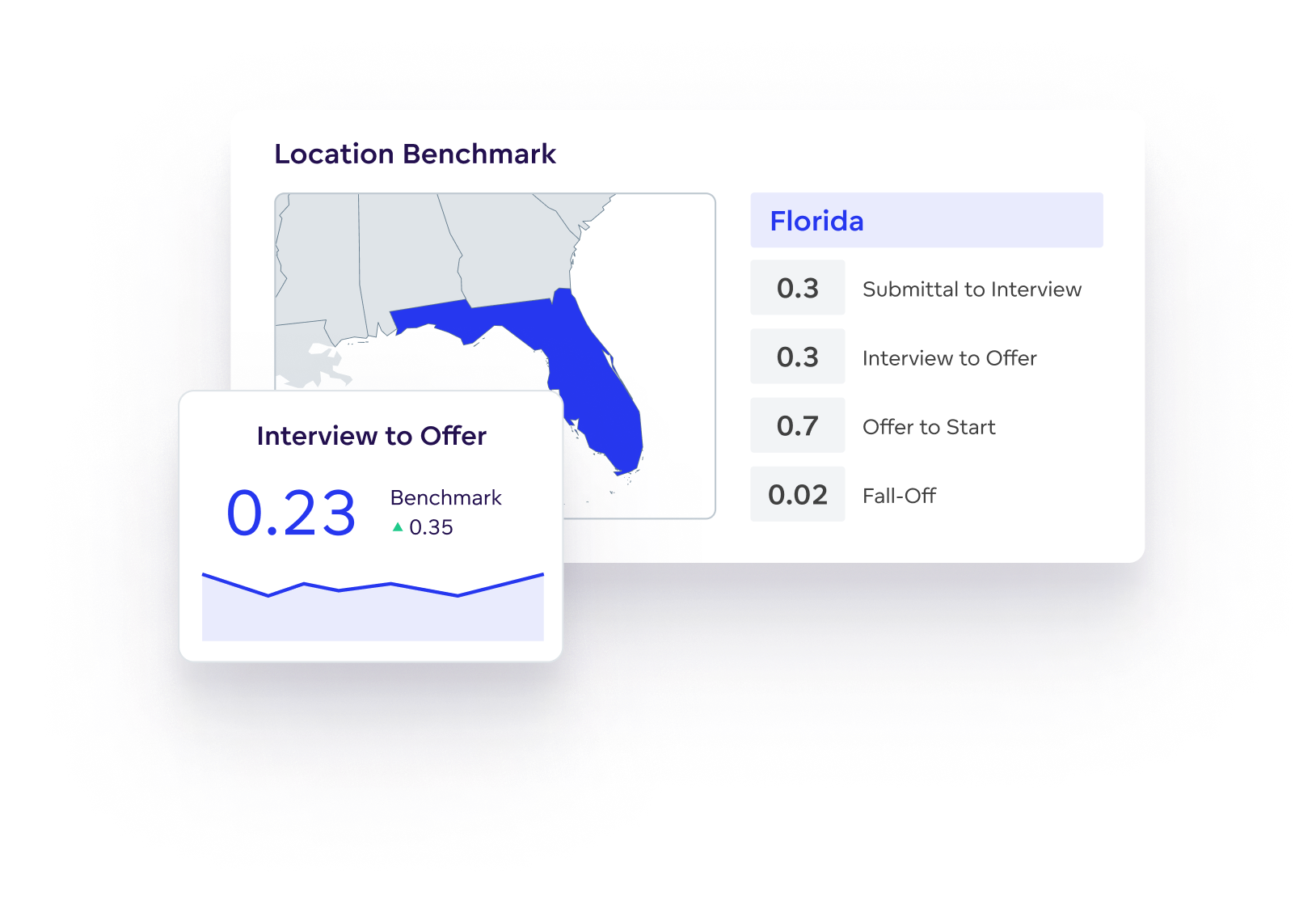
Gain operational intelligence from your workforce data.
- Access advanced insights into workforce trends, demographics, and diversity.
- Monitor tenure and predict attrition with AI-fueled forecasting.
- Support data-driven resource planning and align staffing levels, skills, and availability with business demand.
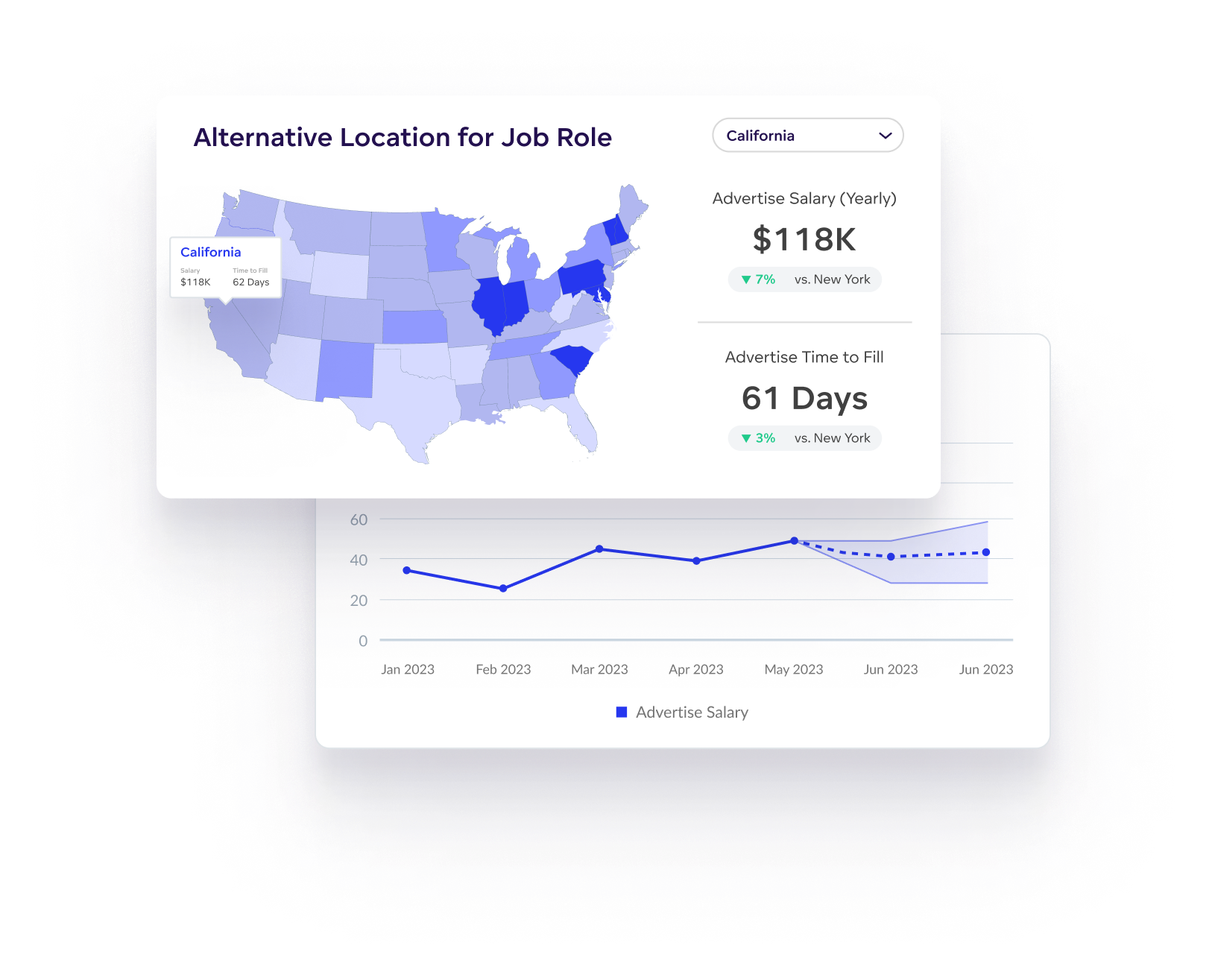
Improve hiring efficiency
- Analyze data on recruitment channels, candidate sourcing, and hiring outcomes.
- Reduce recruiting costs and improve retention strategies.
- Ensure salary competitiveness via accurate reporting.

Optimize performance management
- Identify high performers, skill gaps, and address performance issues via interactive dashboards.
- Align individual goals with organizational objectives to meet targets.
- Track individual progress against personal development goals.
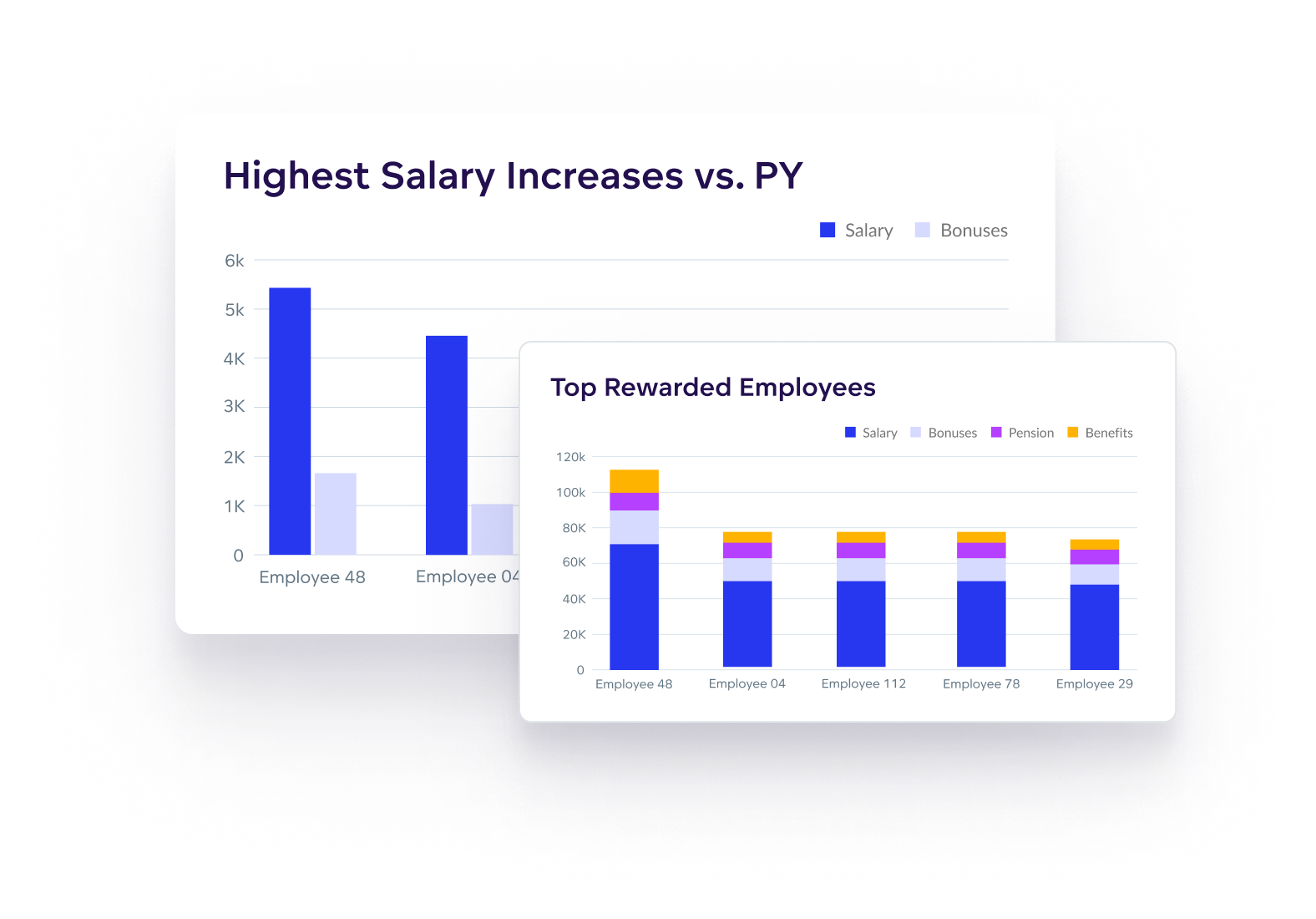
Optimize workforce costs
- Easily track training costs and choose from a variety of visualizations to share your findings.
- Monitor the use of employee benefits to better serve staff.
- Identify cost savings potential without compromising productivity.
Dive deep into our success stories
Examples of HR dashboards
Check out these dashboard examples used by HR teams.
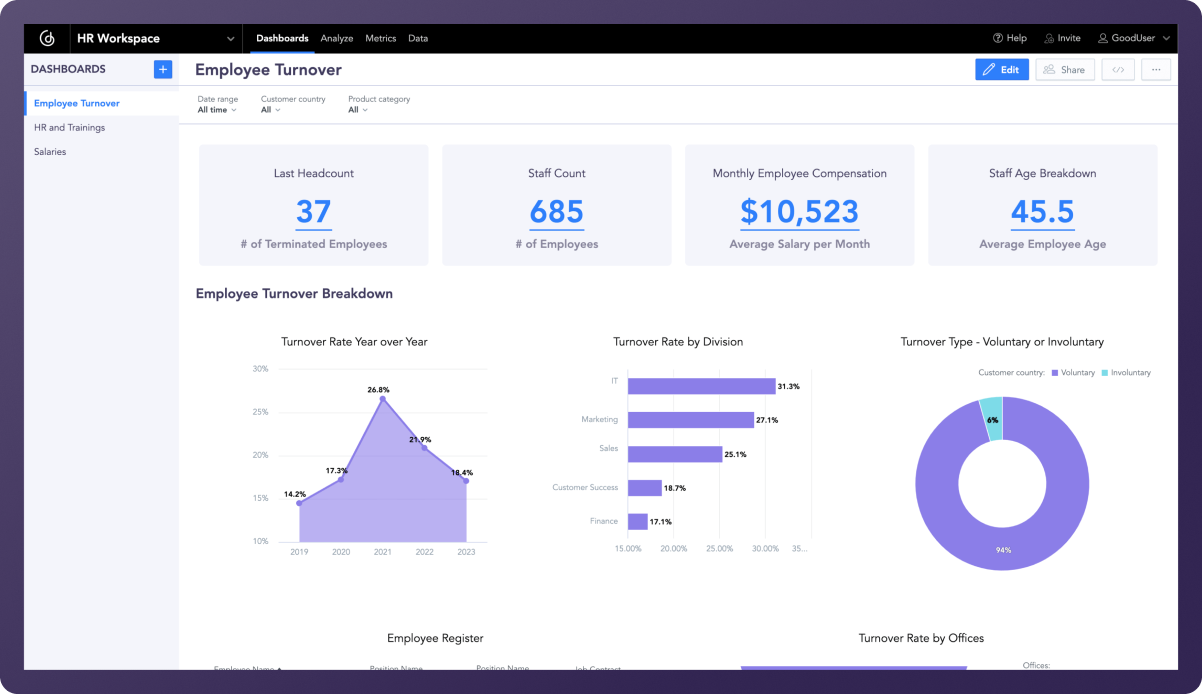
Birdseye view of employee turnover
HR managers can better understand employee turnover and current staffing needs. Turnover rate can be visualized by division and benchmarking can be used to tell the data story.
- Drill further into the data for deeper insights
- Easily share with stakeholders and top management
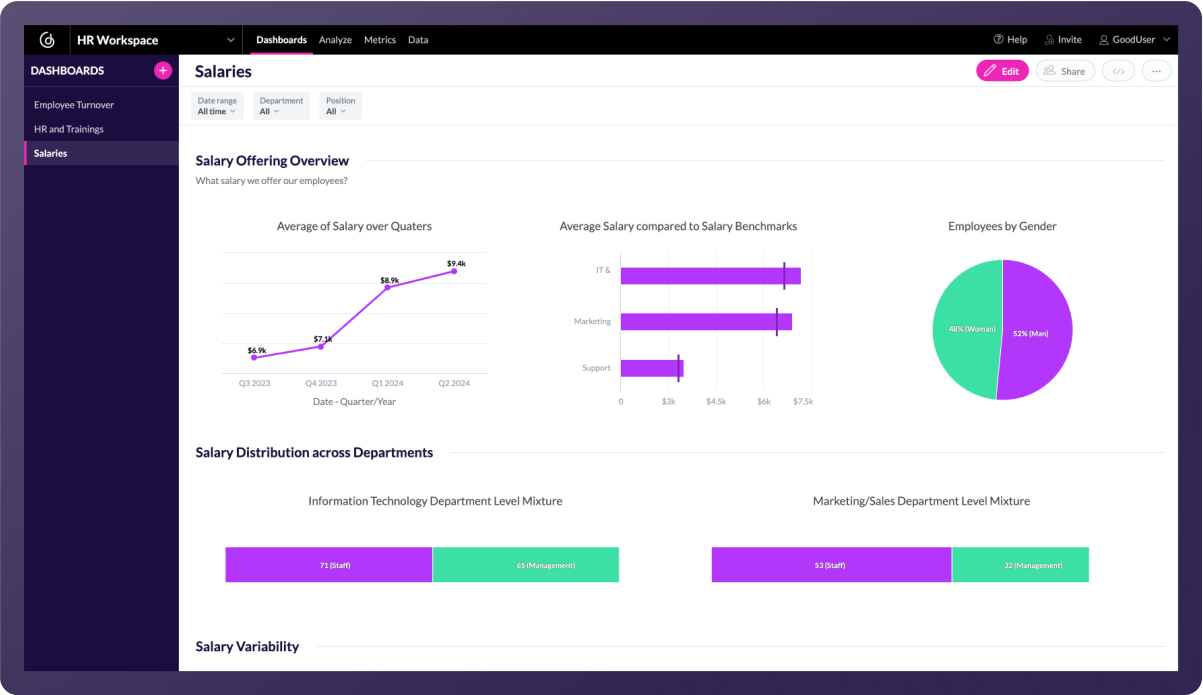
Overview of salary competitiveness
With this dashboard, HR managers can harness advanced analytics to get crucial insights into staff salaries. The use of benchmarking and ratios gives all-important context to the figures.
- Various visualization types for 'at-a-glance understanding
- Easily embeds into any HR software setup
.

Monitor staff training and onboarding
HR teams can use dashboards to get an overview of staff training activities. Other aspects, such as 'time off requests', can be easily added to provide a birdseye view of employee status.
- Simple interface replaces complicated reports
- A range of visualizations increase clarity
Discuss your use case with us
See how GoodData can help with your analytics goals.
Why choose our analytics platform?
Deliver smarter, faster workforce insights by embedding a modern BI solution tailored for HR and workforce management tools.
Smoothly implement in your ecosystem



Deploy in GoodData Cloud
GoodData Cloud is a SaaS product operated and maintained by us. Customers receive continuous code updates and it can be deployed in AWS, Azure, and multi-region.



Deploy Self-hosted
Self-hosted uses the same codebase as GoodData Cloud and is ideal for users needing enhanced security, governance, or control for data residency or regulatory compliance.
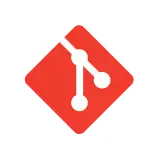



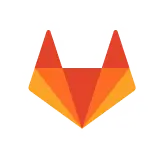
Integration
Open APIs and declarative SDKs — connect to code repositories and 3rd-party apps, embed anywhere.



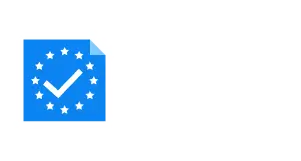
Security and governance
Trusted analytics — certifications, inherited permissions, and cascading content changes for easy admin.




Accessibility
Accessible analytics — ensuring compliance and delivering inclusive experiences.

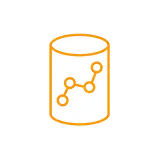
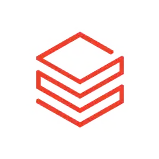
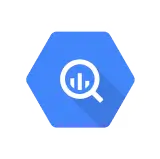
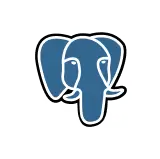


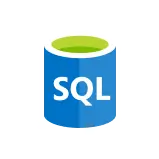












A trusted platform, loved by users

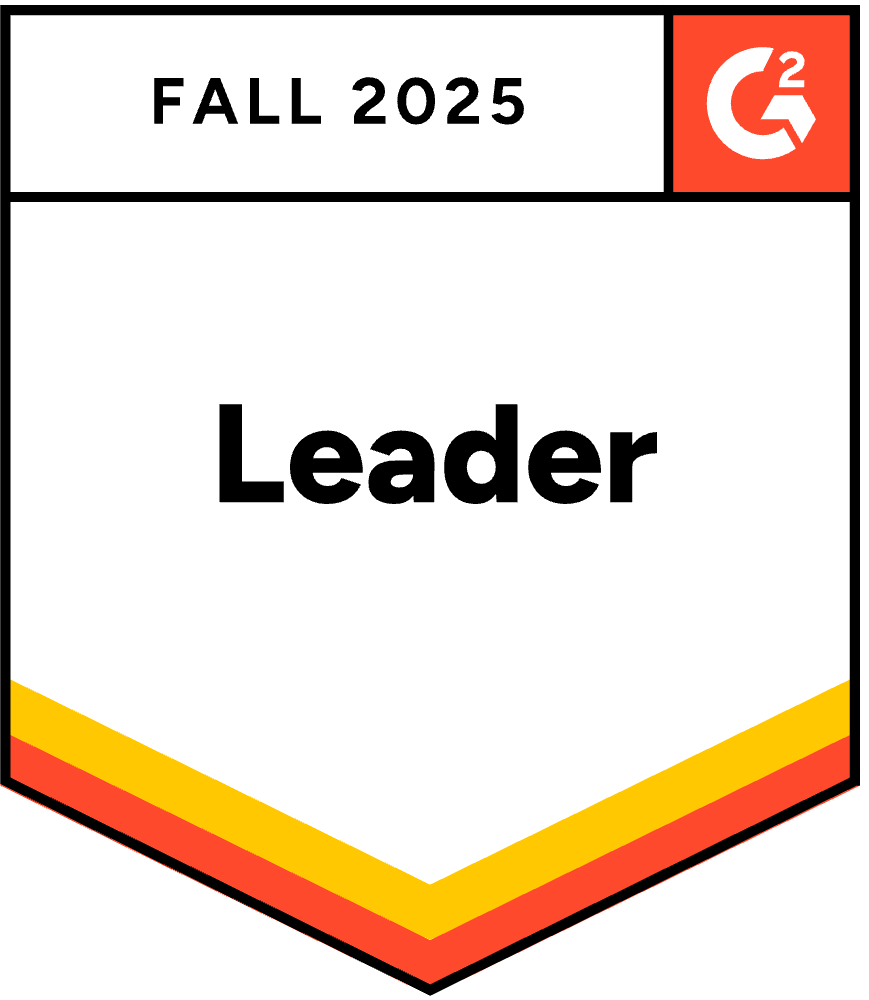
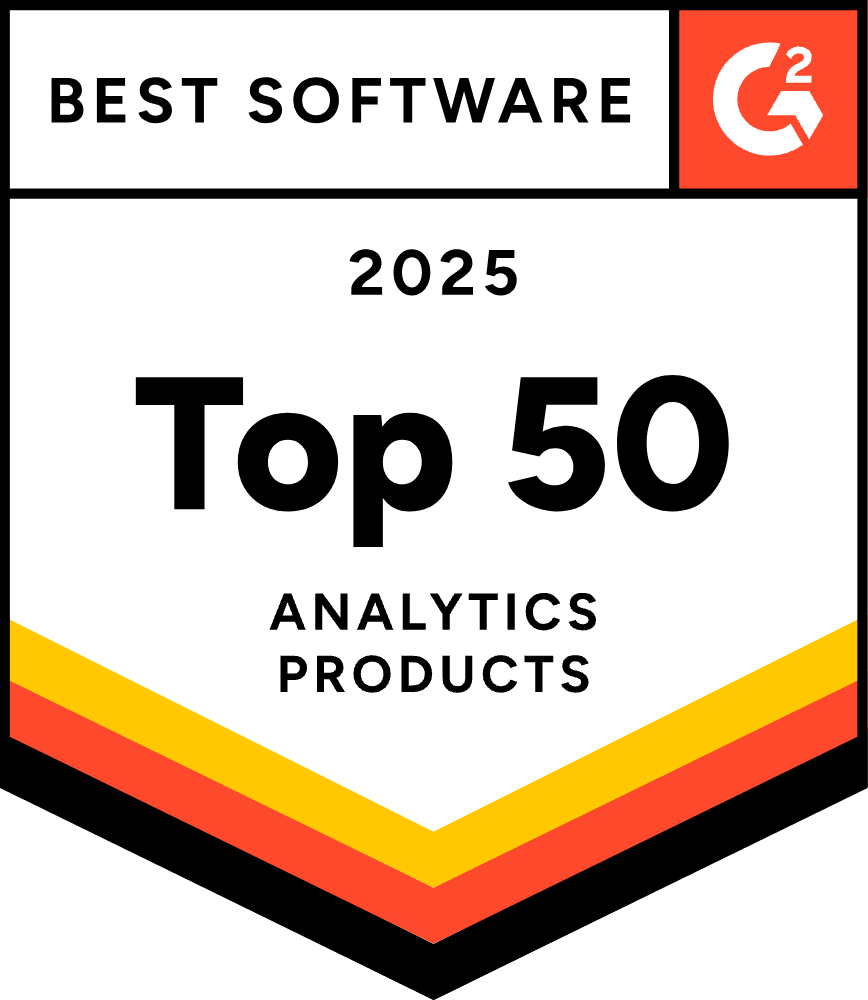

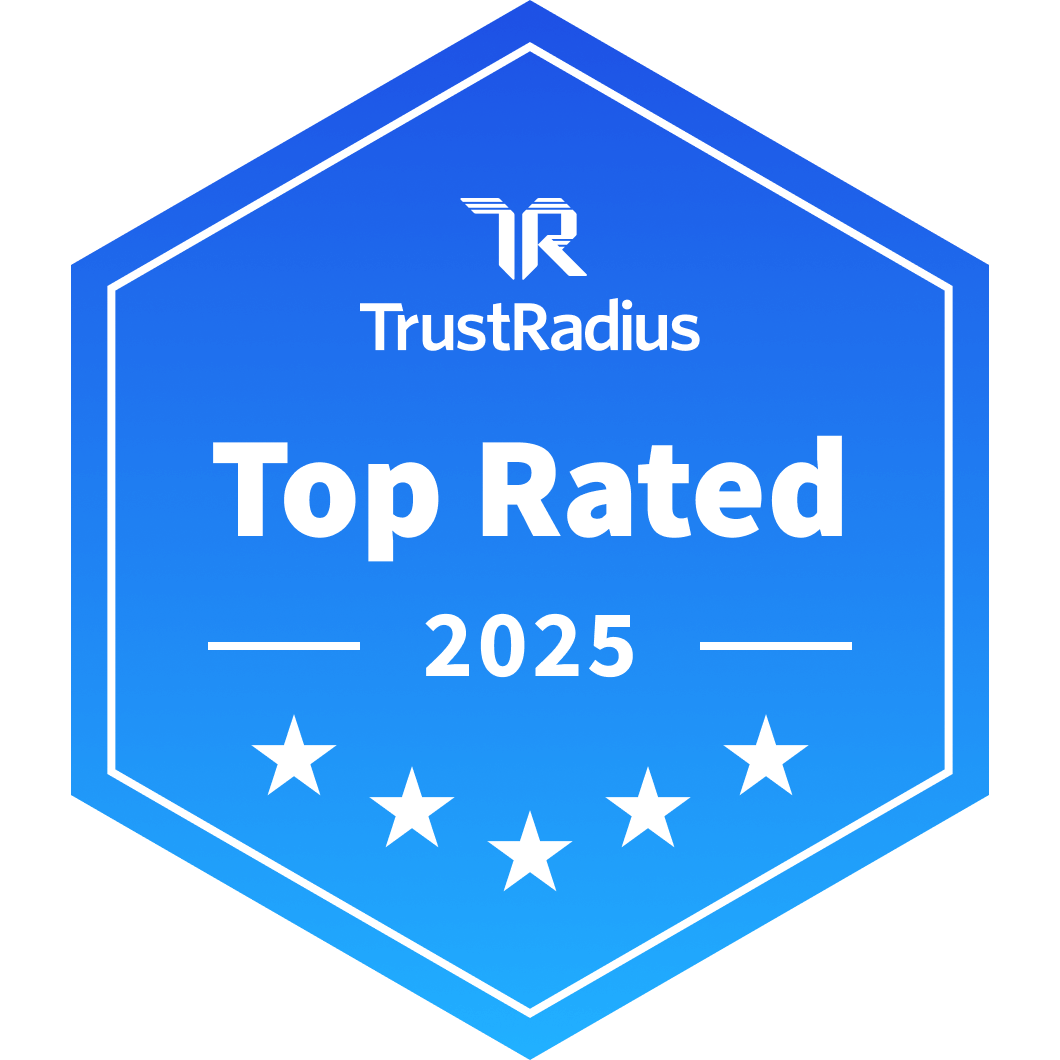
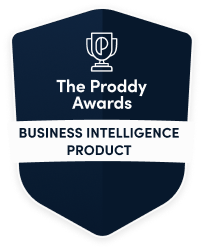
Common HR analytics questions
An HR analytics tool can help you to make better decisions, improve HR processes, and drive business outcomes. Key benefits of an HR analytics tool include:
- Better talent acquisition: By analyzing data on recruitment channels, candidate sourcing, and hiring outcomes, HR teams can optimize their talent acquisition strategies to attract and retain top talent.
- Improved employee engagement: Analytics tools can help with employee satisfaction and engagement. Surveys and performance metrics help HR to identify areas for improvement.
- Better performance management: Analytics tools provide insights into employee performance, productivity, and effectiveness. This allows HR to identify high performers, address performance issues, and align individual goals with organizational objectives.
- Cost optimization: By analyzing HR metrics such as turnover rates, absenteeism, and training effectiveness, organizations can identify areas where costs can be reduced without compromising employee satisfaction or productivity.
- Compliance and risk management: HR analytics tools can help organizations comply with labor laws, regulations, and internal policies. By identifying potential compliance risks early, HR can take proactive measures.
It is vital to choose a Business Intelligence (BI) tool that meets the specific needs of your organization. Here's a step-by-step guide to help you make the right choice:
- Define your requirements: Identify the specific use cases and key performance indicators (KPIs) you want the BI tool to support. This may include talent acquisition, employee engagement, performance management, workforce planning, and compliance tracking.
- Evaluate features and functionality: Key features to look out for include data visualization capabilities, ad-hoc reporting, predictive analytics, drill-down capabilities, and rich integration options.
- Scalability and flexibility: Choose a BI tool that can scale with your organization's growing data needs and analytics requirements. Consider whether the tool supports flexible data integration from multiple sources.
- Ease of use: Opt for a tool that is user-friendly and intuitive, allowing HR professionals with varying levels of technical expertise to easily access and analyze the data. Look for features such as drag-and-drop interfaces, customizable dashboards, and self-service analytics capabilities.
- Data security and compliance: Your BI tool should provide robust data security features to protect sensitive HR information and comply with privacy regulations.
- Vendor reputation and support: Read customer reviews, case studies, and analyst reports to assess the vendor's reliability, customer satisfaction, and level of support.
- Cost: Evaluate the total cost of ownership (TCO) of the BI tool, including licensing fees, implementation costs, training expenses, and ongoing support and maintenance costs. Choose a BI tool that offers transparent pricing.
AI and advanced analytics can transform your HR department, for example by:
- Increasing employee engagement: Identify areas employees like and detect areas of dissatisfaction, using AI-driven chatbots to help you find the right answers faster.
- Improving performance management: AI algorithms can analyze performance data, identify performance drivers, and forecast future performance.
- Workforce planning and optimization: Leverage predictive analytics and workforce modeling to forecast future workforce needs, identify skill gaps, and develop strategic workforce plans. AI algorithms can analyze historical workforce data, demographic trends, and market dynamics to anticipate changes in staffing requirements.
- Improving retention strategies: Use predictive analytics models to identify flight risk factors and predict employee turnover.
Try GoodData yourself
See how GoodData can help with your analytics goals










